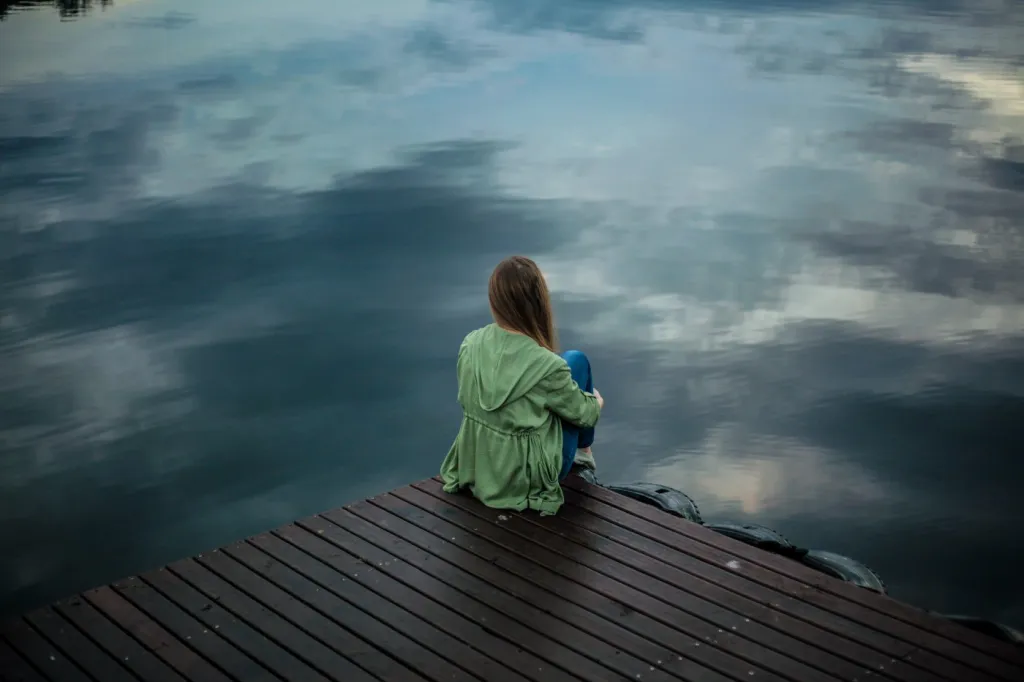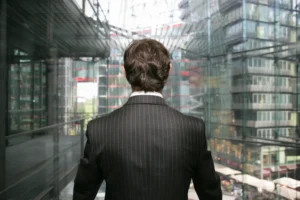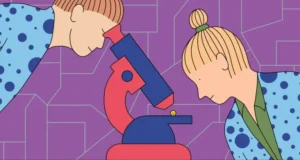In the mid-1970s, Mihaly Csikszentmihalyi published “Beyond Boredom and Anxiety: Experiencing Flow in Work and Play.” In this book, he identifies a blissful “flow channel” that’s created when someone steadily increases the level of challenge as skill levels improve.Source: Duppydupdup/Shutterstock
New research suggests that international students studying abroad who were isolated and alone during COVID-19 lockdowns experienced less loneliness and more happiness if they could lose themselves in meaningful activities that required focus and created flow states. These findings (Chang, Dattilo, & Huang, 2022) were published on April 4 in the peer-reviewed journal Leisure Sciences.
“Loneliness is associated with depression and other mental health challenges. By engaging in meaningful activities that demand focus, people can reduce loneliness and increase momentary happiness,” co-author John Dattilo of Penn State said in a news release.
Anecdotally, I know that when I was a lonely student, pouring my energy into skill-based challenges—such as dedicating my free time to marathon training—was a remedy for the severe perceived social isolation I felt during the loneliest period of my life, which occurred during another global pandemic (HIV/AIDS) that first took hold when I was in high school.
Want to Create Flow? Gradually Increase Challenge Levels to Match Improving Skill Levels
As a gay teen in the early 1980s, I found myself isolated and alone at a homophobic boarding school in Wallingford, Connecticut. During my first and second years at prep school, I struggled with crippling anxiety, depression, and not self-determined solitude (NSDS). I also developed a substance use disorder during adolescence, which made me feel even more “sad and hollow” inside.
Luckily, just as the spring semester of my junior year was ending, I stumbled on the power of flow to dissolve loneliness and stopped self-medicating with recreational drugs and alcohol. It was June 1983 when I accidentally discovered that pouring myself into something challenging that required laser-like focus and skill was a way to reduce feelings of loneliness.
For me, the motivation to start pursuing what I now know as “flow” by becoming a long-distance runner was sparked by seeing a matinee of the ’80s pop culture phenomenon known as Flashdance on a big cinematic screen. The grit, gutsiness, and joie de vivre of that movie’s protagonist—who was a Pittsburgh welder turned world-class dancer—were contagious.article continues after advertisementhttps://665cfd5f3d208dd5c9dabbcbef789c43.safeframe.googlesyndication.com/safeframe/1-0-38/html/container.html
“First, when there’s nothing but a slow glowing dream that your fear seems to hide deep inside your mind. All alone, I have cried silent tears full of pride. In a world made of steel, made of stone.” —”Flashdance…What a Feeling” by Giorgio Moroder, Irene Cara, and Keith Forsey (1983)
I know it’s cliché, but watching Jennifer Beals’ character metamorphosize and break free from a bleak steel town by “taking her passion and making it happen” inspired me. Armed with a mixtape of the Flashdance soundtrack blasting on my Walkman, I cut off my t-shirt sleeves and romanticized the grueling challenge of becoming an ultra-distance runner.
All I wanted to do with my leisure time in the summer of ’83 (when the AIDS pandemic started decimating people in the LGBTQ community) was sweat like a “Maniac” while visualizing myself breaking free and experiencing eudaimonia in an MTV-inspired version of my otherwise fear-filled and socially isolated daily life.
Through trial and error, I figured out that the key to creating this euphoric feeling was constantly pushing against my limits by upping the challenge and running a little bit faster and farther as my endurance and stamina gradually increased.




